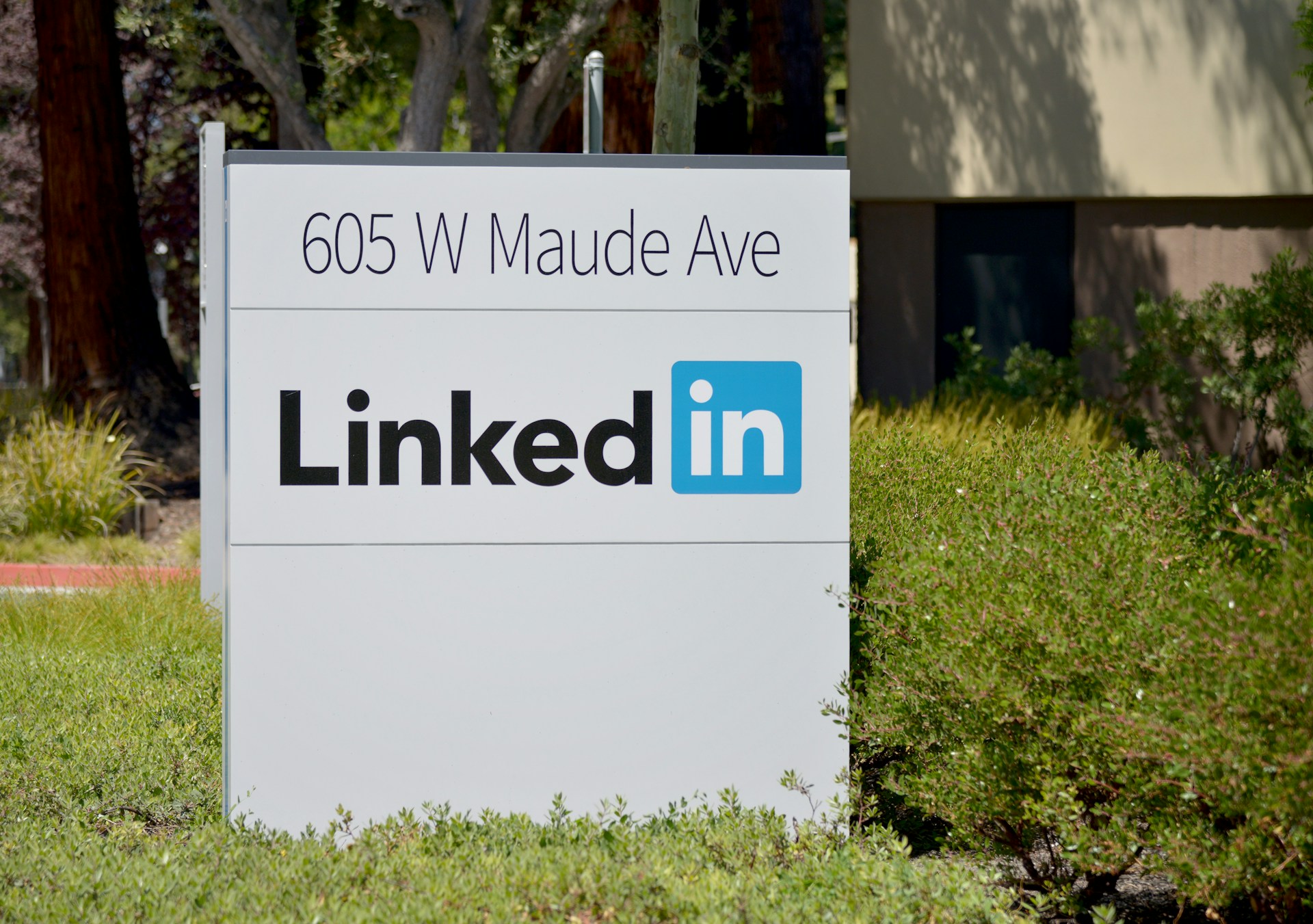
Uzone.id — Telemedicine went from a sci-fi concept to an everyday reality, actually it’s a blessing in disguise because thanks to the COVID-19 pandemic, this tech is applied in almost every country.
Now, it’s clear that telemedicine isn’t just a temporary fix, it has become a major hit that’s shifting the healthcare system.
- Advertisment -
- Advertisment -
Booking virtual doctor’s appointments or using wearable tech to monitor your health, these examples of digital health systems during a pandemic are here to stay even after the pandemic is gone. So, let’s dive into the top telemedicine trends shaping the future of healthcare.
Wearable device and remote monitoring
Wearable tech isn’t just for counting steps anymore — it’s now a powerful health tool. Devices like the Apple Watch, Fitbit, Galaxy Watch, and Oura Ring have features beyond that.
In fact, the remote monitoring market is expected to grow to USD 117 billion by 2027, according to Fortune Business Insights.
These devices give people real-time information about their health, tracking things like heart rate, sleep, and blood oxygen levels.
This remote monitoring is especially helpful for managing conditions like diabetes, heart disease, and high blood pressure. This shows how important wearables will be in the future of healthcare.
Believe it or not, wearables are transforming healthcare where you only go to the doctor when something’s wrong into a proactive one. This helps catch problems early and leads to better health outcomes.
Your doctor has a new AI assistant
Artificial intelligence (AI) is making big changes in almost every part of the system, including healthcare. It’s not only getting better, but also getting smarter every day.
AI is improving healthcare by making diagnoses faster and more accurate, which leads to better care for patients. AI tools are helping doctors diagnose diseases faster and more accurately, from reading X-rays to detecting skin cancer early.
According to a 2023 report by Frost & Sullivan, the AI healthcare market is growing quickly and could reach USD 45.2 billion by 2026. Companies like PathAI and Zebra Medical Vision are using AI to help doctors read medical images and make quicker, more accurate diagnoses.
This technology is especially important in areas with doctor shortages, where AI can assist in diagnosing patients more quickly.
Virtual care beyond doctor visits, it’s more than that
Telemedicine used to mean just video calls with your doctor, but now it’s much more than that. It is now being used in specialties like dermatology, psychiatry, and physical therapy, making it easier to get healthcare right from your phone or computer.
You can have virtual appointments for things like mental health, managing chronic diseases, or even physical therapy, all from your home—and phone.
In 2020, telehealth use jumped by 53 percent, according to the American Medical Association, and four years later, it’s still growing.
“Telemedicine is making healthcare more accessible. It gives people care when they need it, especially those who would otherwise wait a long time or travel far,” said Dr. Joseph Kvedar, chair of the American Telemedicine Association.
Services like Teladoc, Amwell or local telehealth startups are getting really popular as more people get used to virtual healthcare. It’s not just convenient — it’s also helping people in rural or underserved areas connect with specialists they couldn’t reach.
Mental health services going digital
The pandemic brought a lot of attention to mental health, and telemedicine stepped in to rescue.
According to the CDC, 40 percent of U.S. adults struggled with mental health during the pandemic, causing a huge increase in demand for virtual therapy. Platforms like BetterHelp, Talkspace, and Cerebral have made therapy easier to access.
A survey by the American Psychological Association found that 96 percent of psychologists switched to online therapy and many plan to keep offering it even after the pandemic. Digital therapy is more convenient and private than in-person sessions for a lot of people.
Digital therapy is making mental health care more accessible for those who felt hesitant or embarrassed to seek help in person.
It’s changing how we get mental health care, making it easier and improving overall outcomes. With the rise of virtual therapy, mental health services are becoming more accessible to everyone. These trends are indeed a blessing because they’re improving outcomes and making care more efficient.




:strip_icc():format(webp)/kly-media-production/medias/4974549/original/054761200_1729489016-Serang_Beirut_Malam_Hari__Israel_Targetkan_Cabang_Keuangan_Hizbullah.jpg)
:strip_icc():format(jpeg)/kly-media-production/medias/4974929/original/059107200_1729512961-WhatsApp_Image_2024-10-21_at_18.07.05.jpeg)

:strip_icc():format(jpeg)/kly-media-production/medias/4971251/original/027865000_1729139289-IMG_20241017_110701.jpg)

 English (US) ·
English (US) ·  Indonesian (ID) ·
Indonesian (ID) ·